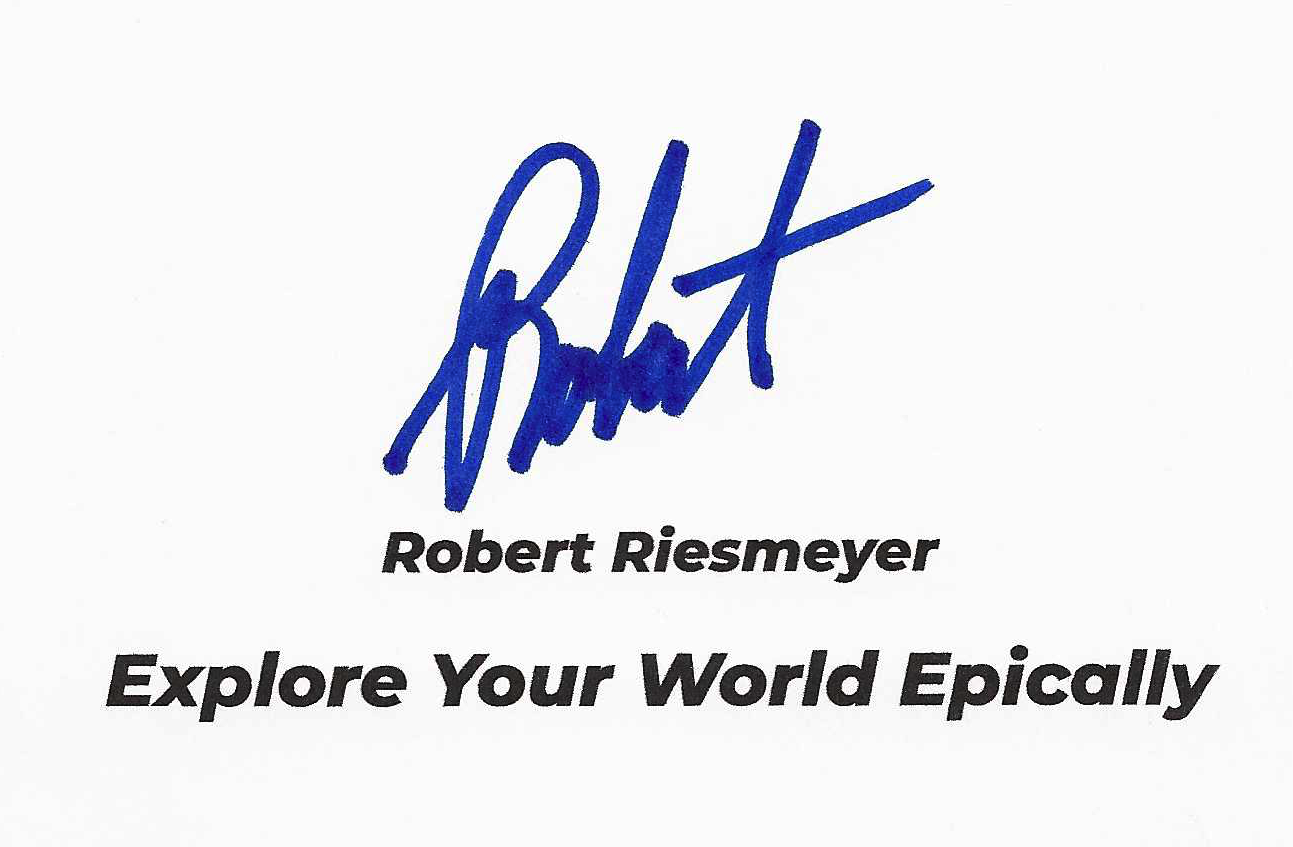A Guide to Packing Smart and Safe
When preparing for an international adventure, packing can seem like a delicate balance of art and science. You want to be well-prepared, but over-packing or including the wrong items can complicate your journey. As the founder of Epic Explorations, I’ve curated countless luxury travel experiences, and I can tell you firsthand that it’s just as crucial to know what not to pack when traveling as it is to pack the essentials. Packing the wrong items can lead to delays, fines, or even serious legal issues that could halt your trip entirely.
Whether you’re touring Europe’s vineyards, exploring Asia’s hidden gems, or heading off on a unique off-the-beaten-path journey, this guide will walk you through everything you need to know about what not to pack when traveling. From medications and food items to gadgets and souvenirs, we’ll cover real-world examples and provide essential advice to ensure your trip remains hassle-free and enjoyable.
What Not to Pack When Traveling: Essential Packing Tips for International Travel
International travel is an incredible experience, but the customs and security processes can be tricky. Knowing what not to pack when traveling could be the difference between a smooth journey and one filled with delays and headaches. Since regulations vary from country to country, it’s crucial to do your research before packing your bags. Let’s take a closer look at some items you should avoid packing in your luggage and why knowing what not to pack when traveling is just as important as what to bring.
Restricted Medications: Always Double-Check the Laws
One of the most common mistakes travelers make is packing medications without confirming the regulations of their destination country. What may be a legally prescribed medication in one country could be considered a controlled substance in another, leading to severe complications.
Take Japan, for example. This country has strict regulations regarding certain medications, particularly those containing pseudoephedrine, often found in cold and allergy medications. A traveler once had their cold medicine containing this ingredient seized at customs, which resulted in a lengthy interrogation and missed flights. To avoid such an experience, it’s essential to research the local regulations of your destination before packing your medications. Ensure your meds are in their original packaging and accompanied by a prescription. Carrying a doctor’s note explaining the necessity of your medication can also be beneficial.
For more information, refer to the FDA’s International Travel and Importation Regulations on what not to pack when traveling regarding medications.
Prohibited Food Items: Keep It Simple, Keep It Safe
While it may be tempting to pack your favorite foods for the journey, bringing food across borders can cause unnecessary problems. Countries with strict agricultural import regulations, like Australia and New Zealand, prohibit certain items such as fresh fruits, vegetables, and meats that could carry pests, diseases, or other contaminants.
For example, a traveler once tried to bring a homemade sandwich with ham and cheese into Australia and had it confiscated by customs, along with a fine for not following the country’s agricultural import rules. The lesson here is clear: avoid packing foods that might be prohibited.
Opt for non-perishable snacks like granola bars or sealed nuts instead, but always double-check the customs regulations of your destination before packing any food items. Research what not to pack when traveling in relation to food items to avoid these issues.
For more information on food regulations, check out Australian Customs and Border Protection.
Weapons and Sharp Objects: What to Leave Behind
While this might seem obvious, travelers often forget to double-check their carry-ons for sharp objects or restricted items. Pocket knives, scissors, or even self-defense tools like pepper spray can raise alarms at airport security or customs, potentially leading to delays or legal issues.
A traveler was once stopped at Dubai International Airport for carrying a pocket knife in their carry-on. While it may seem like an innocent mistake, it resulted in legal trouble, fines, and a lot of stress. This is a classic example of what not to pack when traveling.
Make sure to thoroughly inspect your bags before heading to the airport to avoid these situations. Even small tools like nail clippers or tweezers could cause delays in some countries. Be sure to check the regulations on what not to pack when traveling with sharp objects.
For more information on security regulations, visit the TSA website.
Counterfeit Goods: A Bargain Too Risky to Take
When traveling abroad, the allure of buying “designer” items at a fraction of the cost can be tempting. However, this can result in serious trouble with customs. Countries such as Italy and the United States have strict laws about importing counterfeit goods, including designer bags, watches, and electronics.
A traveler returning from Italy learned this lesson when they were caught with counterfeit designer handbags. The bags were confiscated, and the traveler faced a hefty fine for attempting to import knock-offs. To avoid this issue, it’s important to understand what not to pack when traveling regarding counterfeit goods.
Steer clear of counterfeit goods and stick to reputable stores and established brands. Ensure that the items you purchase comply with the laws of your destination country. Avoid the temptation of buying fake goods to prevent unwanted consequences.
For further information on importing counterfeit goods, refer to the U.S. Customs and Border Protection website.
Cultural Artifacts and Wildlife Products: Respect Local Heritage
It’s not uncommon for travelers to purchase cultural artifacts as souvenirs. However, doing so could land you in legal trouble if the item is part of a protected cultural heritage or an endangered species. Many countries prohibit the export of certain items, such as ancient artifacts or wildlife products like ivory.
For instance, a traveler once attempted to bring a carved artifact from Cambodia, unaware that it was part of the nation’s protected cultural heritage. The artifact was seized, and the traveler was fined for violating the country’s export laws. This is another example of what not to pack when traveling, particularly when it comes to cultural items.
Before purchasing cultural or wildlife items, always research the rules of your destination country. For instance, UNESCO offers a list of protected cultural sites and artifacts, helping you understand what not to pack when traveling in relation to heritage items.
Unapproved Electronics: Know the Regulations Before You Fly
With the increasing use of technology, many travelers bring gadgets like drones, cameras, and other electronics abroad. However, some countries have specific regulations governing these devices, especially those with GPS capabilities or encrypted technology.
A traveler had their drone confiscated upon arrival in China because it didn’t meet the required import regulations for foreign electronics. Certain drone models, particularly those with GPS features, may require permits in some countries. Before bringing any electronics, especially drones, into a foreign country, research the regulations thoroughly to understand what not to pack when traveling with electronics.
For more information on electronic regulations, visit the International Civil Aviation Organization (ICAO).
Final Thoughts: Pack Smart, Travel Smarter
Packing smart is one of the most critical steps in preparing for international travel. By understanding what not to pack when traveling, you can avoid unnecessary headaches and ensure that your trip remains seamless and enjoyable.
From checking medication regulations to avoiding counterfeit goods and respecting cultural heritage, there’s a lot to keep in mind. But don’t be overwhelmed—just a little research and preparation can go a long way in making your travel experience the best it can be.
Once you’ve integrated these what not to pack when traveling tips into your packing routine, you’ll be ready to embark on your next epic adventure with confidence.
For more travel tips, check out our Travel Tools page

Robert Riesmeyer is the visionary Founder and Experience Curator of Epic Explorations, a boutique travel company dedicated to crafting extraordinary journeys worldwide. Rooted in a passion for exploration, Robert brings a unique blend of creativity and commitment to every adventure, ensuring each experience is as unforgettable as the destinations themselves.
Originally from the Midwest, Robert left behind a career in insurance to pursue his dream of sharing the world's wonders with fellow travelers. With a focus on safety and an eye for the unexpected, he curates immersive experiences that allow travelers to connect deeply with the world, fostering curiosity, connection, and unforgettable memories.
Beyond his role in travel, Robert embraces the spirit of giving through his portrayal of Santa Claus, spreading joy to families and children during the holiday season. Through this role and Epic Explorations, he supports numerous charities, including Shadow Buddies, Mother's Refuge, Moving Ahead, Opertion Breakthrough and Santa America, bringing kindness and hope to those in need.
Based in Kansas City, Robert is constantly in search of new frontiers, dreaming big, giving back, and inspiring others to explore even bigger.


